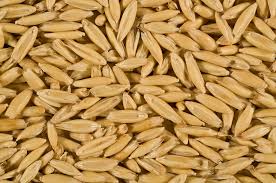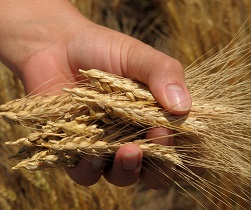Q: What is the current lease rate for pasture and is it projected to increase in the near future?
A: Before I start down a road that ends with all county residents upset with my answer, let me qualify a couple things! First, pasture rent is ninety percent tradition, with only about ten percent rooted in economics. Unfortunately, this leaves a lot open for interpretation.
First, let’s talk rate of return for grass owners. One acre of grass is worth roughly eight hundred dollars. As a landowner, ask yourself the question “What rate of return am I expecting on this long term investment?” Is it two percent? Two and a half percent? Pasture rents have remained the same for over ten years at around fourteen to fifteen dollars per acre. A two percent return puts rates at sixteen dollars per acre, while a two and a half percent return bumps the rent pricing up to twenty dollars.
A land owner can get some twenty five dollars per acre rent, but what will the management and care of the pasture look like in the end? Also, there is the tradeoff between who pays for the fence and water well maintenance? Usually the materials are on the land owner and the labor is on the tenant. It is NOT a simple matter and each lease should have all these details taken into consideration when the price is established. That’s why it’s hard to answer the question, “How much should pasture lease be in Rawlins County?”
Let’s reframe the “per acre” mentality. Landowners see consistent revenue (say, fifteen dollars per acre), while cattle producers cost fluctuates. Cattle producers concern lies with the grass capacity, “How many acres will it take to support my cow calf pair per season?” Using this mentality, it can be argued that grass which can be stocked more heavily be worth a higher price. On average, pasture rent runs one hundred and sixty dollars per pair.
Drought and feed prices have beaten producers for a number of years and they have finally caught a break in 2014. However, grass owners need to see some of that return as well. Significant disaster payments were provided this year, with these payments going to cattle owner. It is because they had their cows on grass that they received this payment. Noting that it is the cattle owner that assumes the majority of the risk, what is considered a fair amount to supplement pasture rent in 2014? Five dollars per acre? If cattle producers do not supplement their pasture rents with a one-time payment, will landowners bump pasture rent prices? Looking into the future, will landowners bring prices down as quickly as they bring them up? The price of beef will go down eventually and we must try to avoid inflating rent prices that we cannot maintain into the future.
As with so many things, what is equitable and what is fair are not necessarily the same thing. As landowners and producers, we are all in this together. An equitable relationship provides that all parties share in the risk, gains, and losses, proportional to what they have invested.








